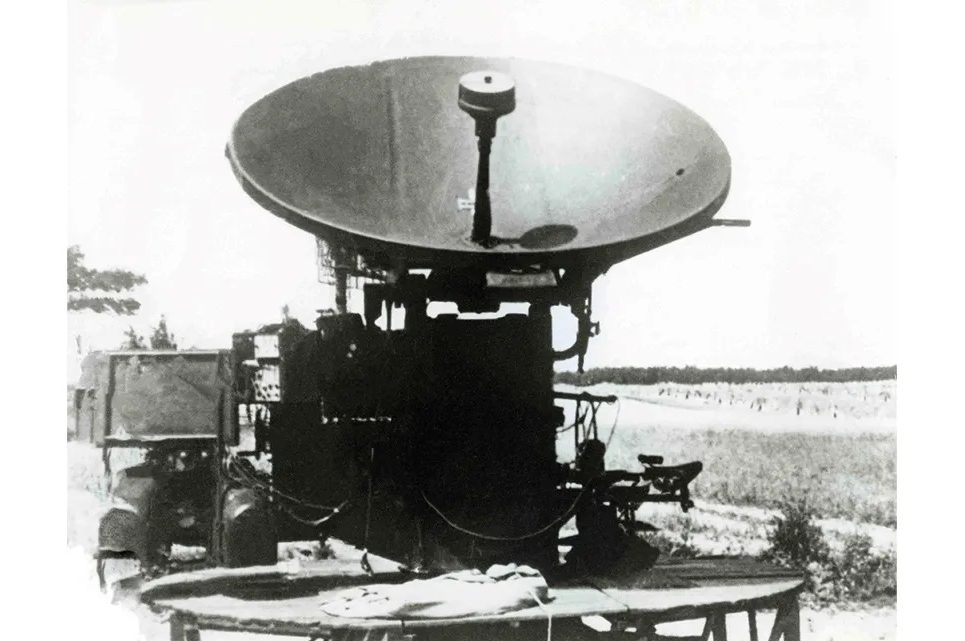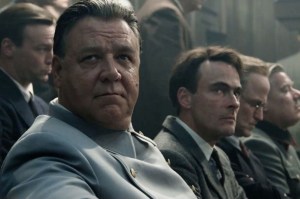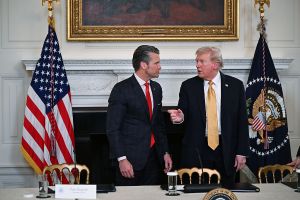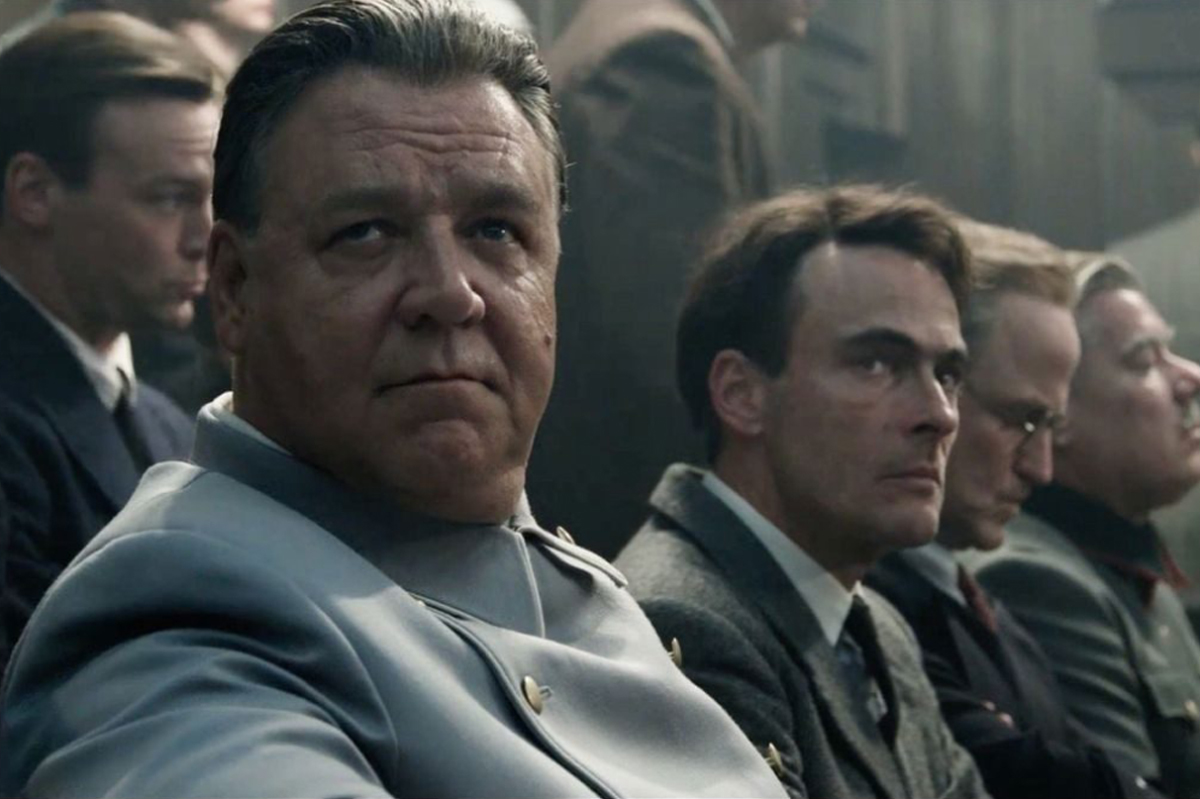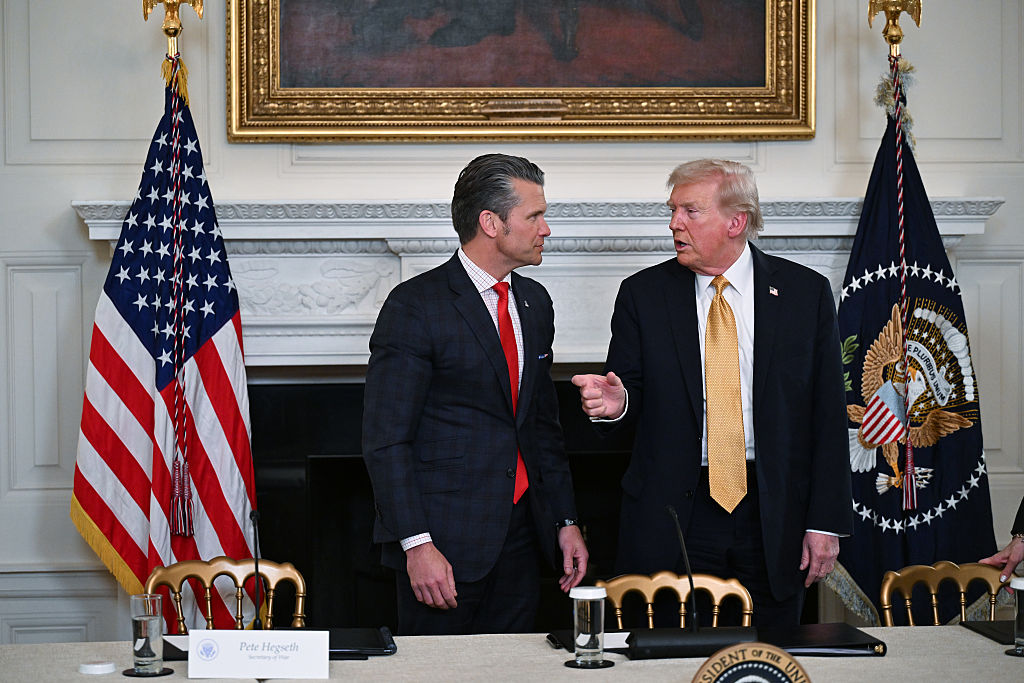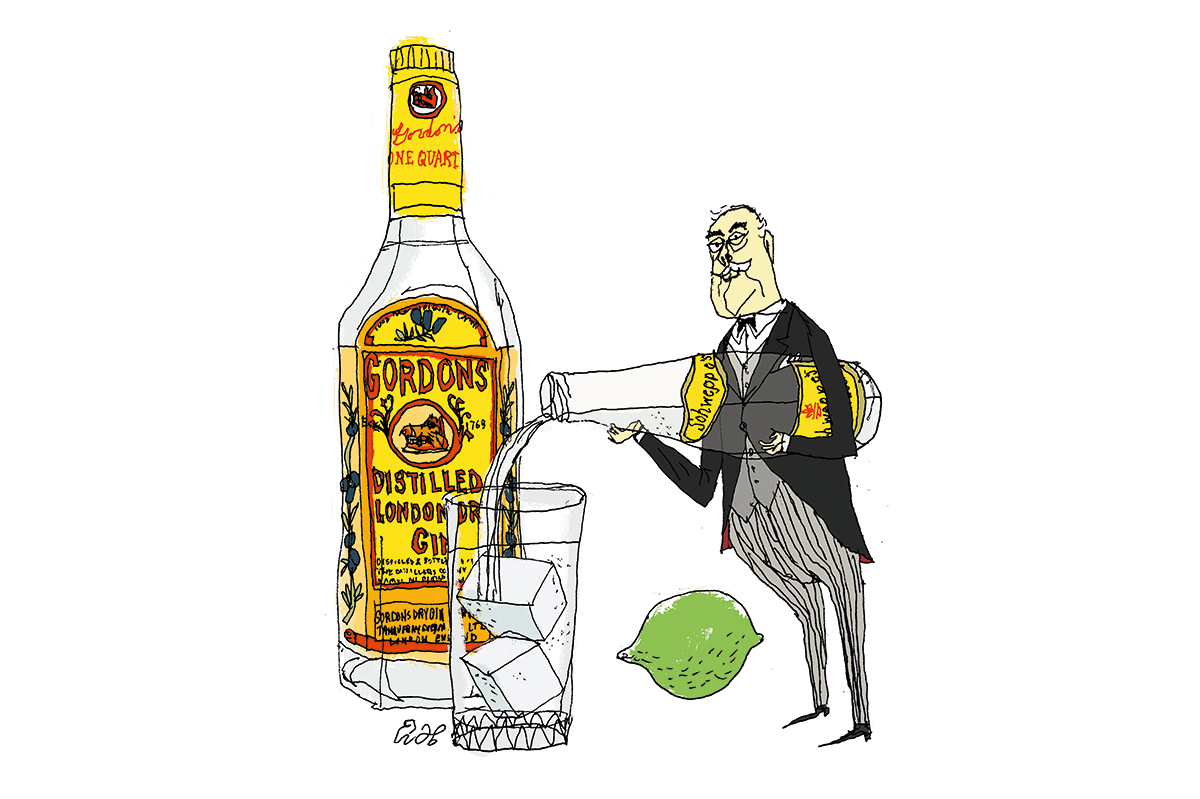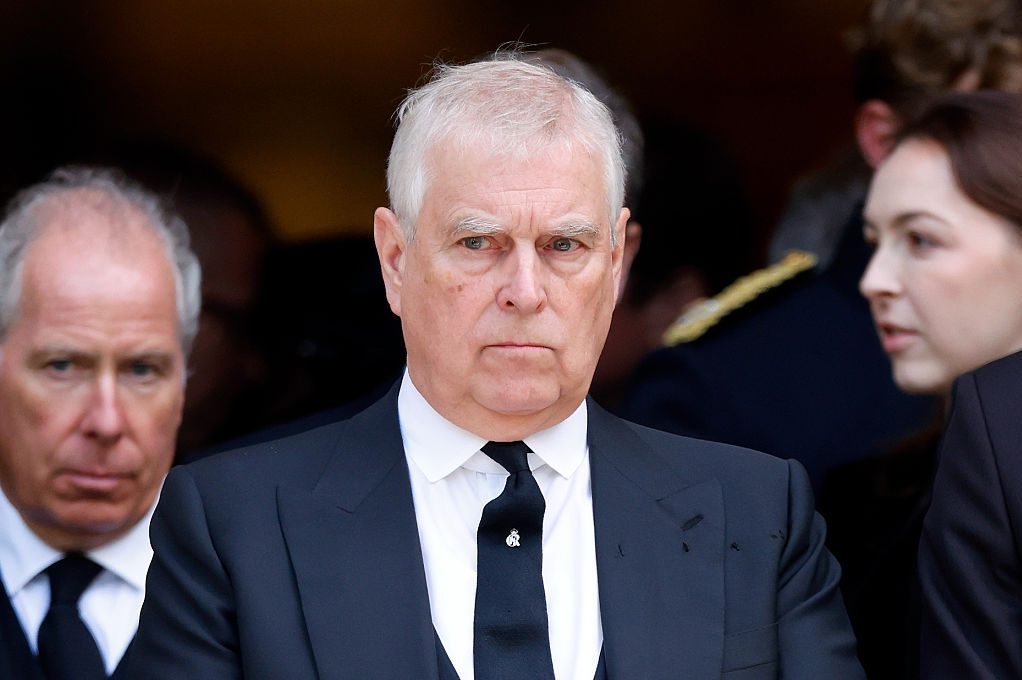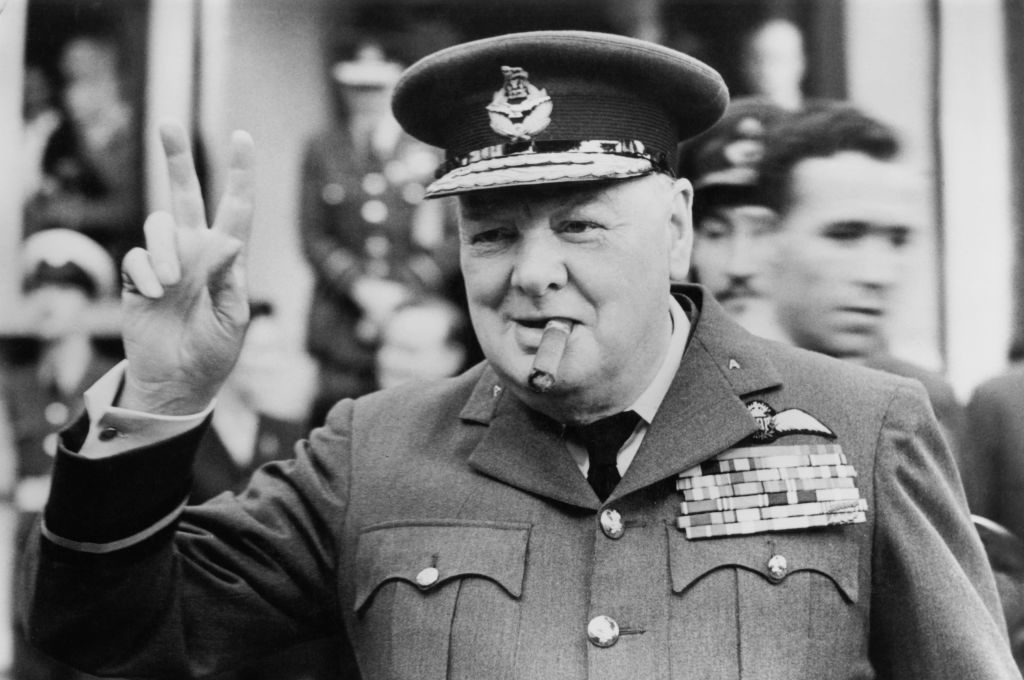These days we use radar to help us park our cars, but during the early years of World War Two it was white hot technology and a closely guarded military secret. First used to detect aircraft in 1935, within a few years it had helped win the Battle of Britain and sink the Bismarck. It was so secret that work on it was forbidden even to physicists of genius who had fled the Nazis. (In the event, this freed up two such émigrés, Rudolf Peierls and Otto Frisch, to prove the viability of the atomic bomb and thus kick-start what became the Manhattan Project.) Intelligence about what the enemy was up to with radar had a price above rubies.
In particular, during the fall of 1941 the Royal Air Force was desperate to find ways to degrade German flak and night-fighter defenses and the radars that controlled them. With America not yet in the war, the Soviet Union fighting for its survival at the gates of Moscow and Hitler dominant across Europe, the bomber offensive was almost the only weapon the Allies could use to hit back at Germany. The results, however, were meager and the costs terrible. On one raid against Berlin in November 1941, fewer than half of the 169 planes ever found the target, and twenty-one machines and their crews never made it home again. Total damage caused was fourteen houses destroyed. Something clearly needed to be done.
When an opportunity arose to inspect the technology inside a German Würzburg radar, therefore, the boffins and the brass hats jumped at it. Photo reconnaissance had identified an isolated radar position on a clifftop overlooking the Channel near the little Normandy village of Bruneval. The defenses did not look too formidable, and close by was a convenient beach. Here was an ideal target for a raid by some of the recently established special forces that Churchill was so keen on, and a great opportunity for them to showcase what they could do.
The plan was for a company of 120 soldiers from the 2nd Parachute Battalion, commanded by Major John Frost, to drop at night into German-occupied France. One group would attack and capture the site, holding it against enemy counterattack while technicians dismantled and removed what they could. Meanwhile another group would fight their way down to the beach, clearing a path for the whole force to be picked up and evacuated by Royal Navy landing craft from Lord Mountbatten’s Combined Operations HQ.
Photo reconnaissance had identified a remote radar position on a cliff in Normandy overlooking the Channel
Whether this raid, codenamed Operation Biting, which took place on the night of February 27-28, 1942, was just “breaking windows with guineas,” like some of the raids on the French coast executed during the Seven Years’ War, or had important consequences, is difficult to tell. Bomber Command adjusted its radar-jamming techniques afterwards, most famously by dumping strips of aluminum foil (codenamed “Window”) into the sky to create false echoes, but maybe they would have found such solutions anyway. There was little improvement in Bomber Command casualty rates, in any event. The airborne force was expanded, eventually to a strength of two entire divisions, but neither the paratroops nor Combined Operations seemed to have learnt much. Many of the problems that cropped up during Biting, for instance in the planning and command of airborne operations, and the training and morale of the troops, recurred in later battles, and Mountbatten’s next amphibious assaults included the costly St. Nazaire raid and then the disaster at Dieppe.
Hastings is more interested in story-telling than in analysis of that kind, however. Since the Bruneval raid was the first operation carried out by the men of what became the Parachute Regiment, it is central to the mythology of that very famous unit, and it has appeared in plenty of books and films, so the story is well known. Still, it features a fascinating cast of characters, including the mighty Mountbatten and the ambiguous General “Boy” Browning; the dashing pilot Charles Pickard, already a war hero who had survived nearly 100 missions; and Charlie Cox, the radar technician who was “volunteered” to parachute in, despite never having left the ground before. John Frost lived long enough to see his 1944 heroics at Arnhem portrayed on screen by Anthony Hopkins.
This is a dramatic story on an intimate scale which gives Hastings the chance to make the most of both his journalist’s eye for human detail, and his war correspondent’s ability to understand and convey the chaos of combat while making sense of it for the reader. He also has long private and professional connections with the Parachute Regiment and perhaps it is not fanciful to feel something personal at work, giving the book extra punch. Anyway, stories this good, and told this well, never get stale. I read Operating Biting in an afternoon and was sorry to put it down. It is a good book by any standard, and Hastings’s best by some distance.
This article was originally published in The Spectator’s UK magazine. Subscribe to the World edition here.



